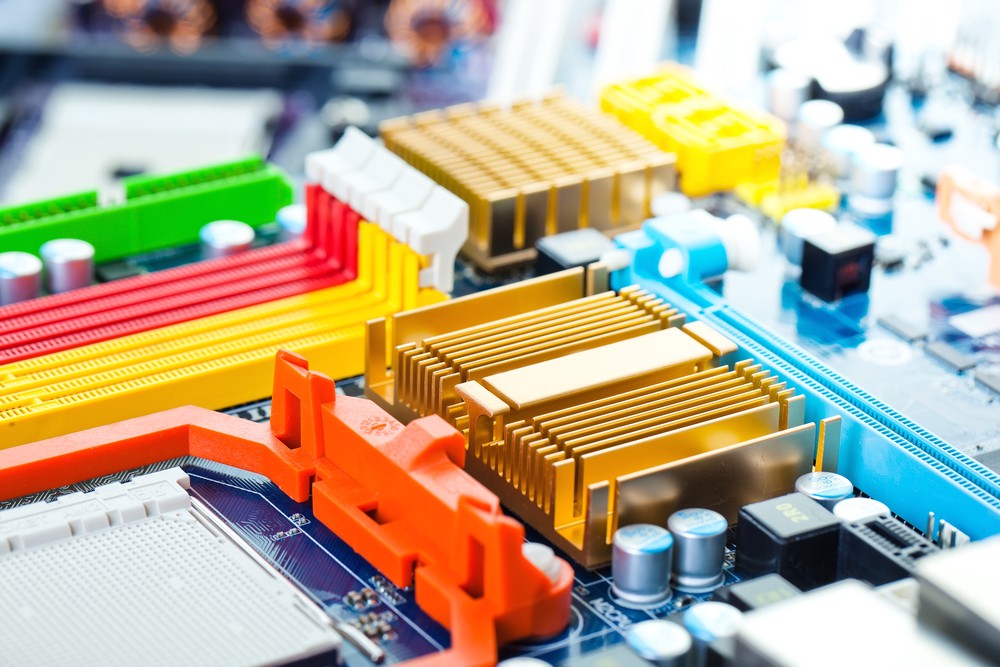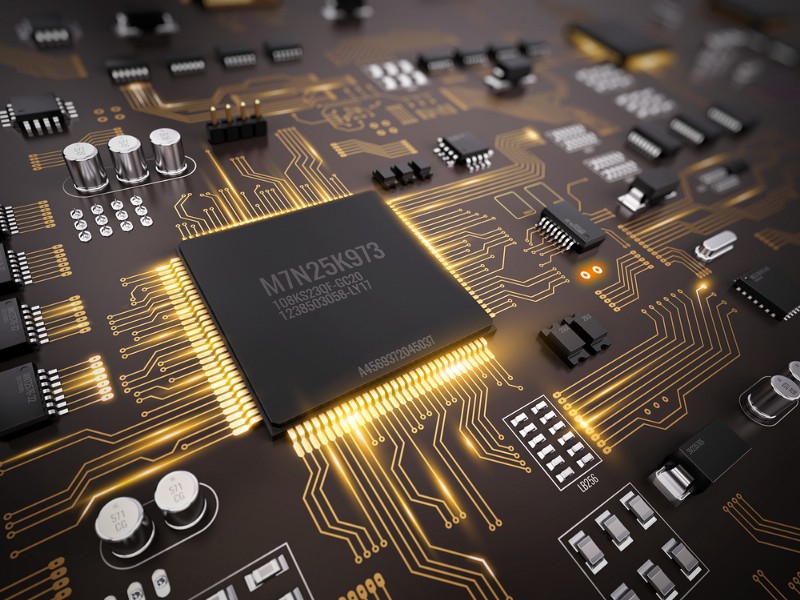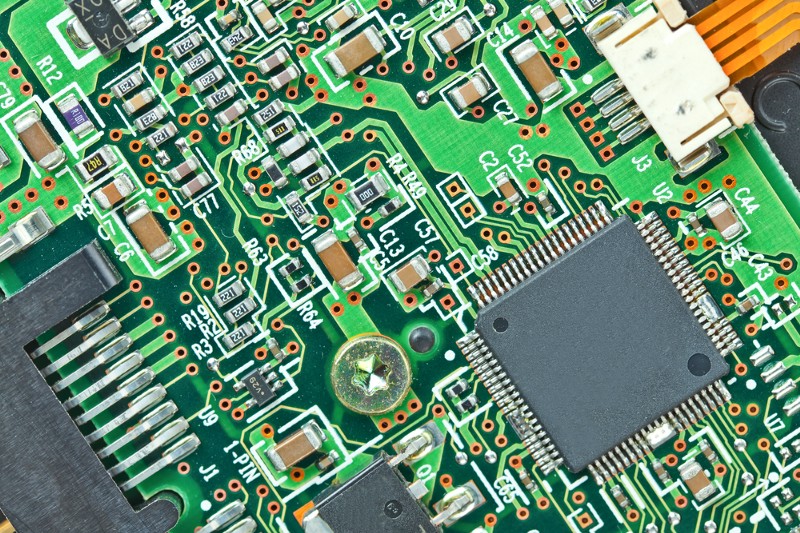PCB Design Software and Electronics Design News
#PCBdesign #PrintedCircuitBoards #ElectronicsDesign
Dec 30, 2017
EMI/EMC Design: PCB Noise Reduction Through Isolation of AC and DC Signals

Using AC and DC components on the same board can cause EMI issues, however, these issues can be resolved through isolating the AC and DC systems. There are several straightforward solutions to help manage interference between AC and DC circuits, mainly; shielding components, separating systems, dedicated power supplies, good grounding, and not bridging isolation. Read on to find out more!
In high school, my physics teacher always used to talk about the “War of Currents” between Edison and Tesla. Back then I never really cared much why Edison preferred DC power for distribution and use, while Tesla favored AC power. That changed when I began to see the “War of Currents” play out firsthand between AC and DC systems on PCBs. Many PCBs today use both AC and DC circuits, and where they meet, there is often trouble in the form of electromagnetic interference (EMI). Luckily, just as the “War of Currents” eventually gave way to peace, the AC and DC signals on modern PCBs can coexist in harmony. The key is isolation.
ISOLATION FROM ELECTROMAGNETIC INTERFERENCE
There are several straightforward solutions to help manage interference between AC and DC circuits, mainly; shielding components, separating systems, dedicated power supplies, good grounding, and not bridging isolation.
Shielding: As you are aware, there are many components in a PCB that can radiate EMI. This includes power supplies, IC clocks, and oscillators, all of which can interfere with AC components. One way to limit EMI from “noisy” DC components, or protect AC components that are susceptible, is simply to shield them. Shielding will essentially guarantee that no EMI radiating through the air in the enclosure will interfere with the shielded circuit. So if you have something you need to protect or constrain, do what humans have been doing for centuries, and put it in a metal box. If you have a multi-layer board, you can also use a ground plane layer as a shield. While effective, shielding will increase the weight and cost of a board, so be careful to weigh EMI reduction against other concerns.

No matter how simple or complex your board, it can benefit from AC/DC separation.
Separation: If Edison and Tesla had been in a room together they certainly would have had some words for each other, if not some more physical rebuffs. Luckily they mostly stayed separate, and your AC and DC components should follow their lead. Keeping AC and DC systems, both chips and traces, far away from each other on the PCB will help ensure there is no “crosstalk” between the systems. If you don’t have enough space on the board to put physical distance between AC and DC systems, you can also cut gaps in the ground plane between components that need to be separated. Gaps in the ground plane will force any currents flowing through the plane to go around the gaps, which, used strategically, can help you reroute currents around sensitive systems. In short, don’t cross the wires! Getting good separation can be easy in a simple circuit, but quite difficult in more complicated circuits. Do your best to separate AC and DC, but know that it may be difficult to reach an optimal solution.
Power: In every AC/DC PCB there should be separate power rails for AC and DC components. DC components can draw spikes from their power supply, creating a voltage transient. While your AC components may (or may not) be able to operate with this voltage transient, they will certainly not operate at their highest capacity. If the voltage transients are too large they can produce errors in AC components, or stop the circuit from working altogether. Having separate power supplies may not be convenient, but it is better than having a chip that doesn’t work.
Grounding: As you already know, grounding in AC/DC circuits is a complex issue, too complex for this article to delve into fully. However, I can give you this advice; check current return paths in grounding grids or planes. Remember that while DC currents will follow the path of least resistive impedance, AC return currents will follow the path of least reactive impedance. For AC return currents, the path of least reactive impedance is always below the trace. Return paths are important to remember because they’re easy to forget. Check your ground plane and trace out the current return paths. The previous “separation” recommendation also applies here, don’t cross the wires, even if the wires are invisible!
(Not) Bridging: If you’ve followed all the (excellent) advice I’ve had to offer, you should have two fairly isolated AC and DC systems. Now, if you have gaps in any of your planes and are thinking about bridging them, please do not. This whole article is about AC/DC isolation, and that would defeat what we’ve taught you!

Your PCB design software can help you design your board with separate AC and DC signals.
HOW SOFTWARE CAN HELP YOU SEPARATE AC FROM DC
These rules of thumb may be good advice, but they can’t be utilized without a plan for implementation. This is where your PCB board design software comes into play. Isolation can be achieved by color coding your PCB designs. You can track your AC and DC systems by assigning them distinct colors to ensure that they are separate from one another, both physically and electrically. Check out documentation for Altium’s Circuit Studio for instructions on how to do this. For more advanced users, color coding is also available in Altium Designer.
Whenever you think back to the good old days of yore, when genius inventors went head to head in battles for electrical dominance, remember that the AC/DC signals on your PCB are doing the same thing. Though, instead of one side winning this war, let’s sue for peace on the PCB.
A good PCB manufacture can let you make your design dreams a reality. Whether you’re a first-time designer with big ideas for the next great gadget, or an experienced engineer looking to refine your workflow, Juvtmall is better choice for you.
#Juvtmall #PCB #PCBA #hardware
 USD
USD EUR
EUR GBP
GBP CAD
CAD AUD
AUD JPY
JPY
